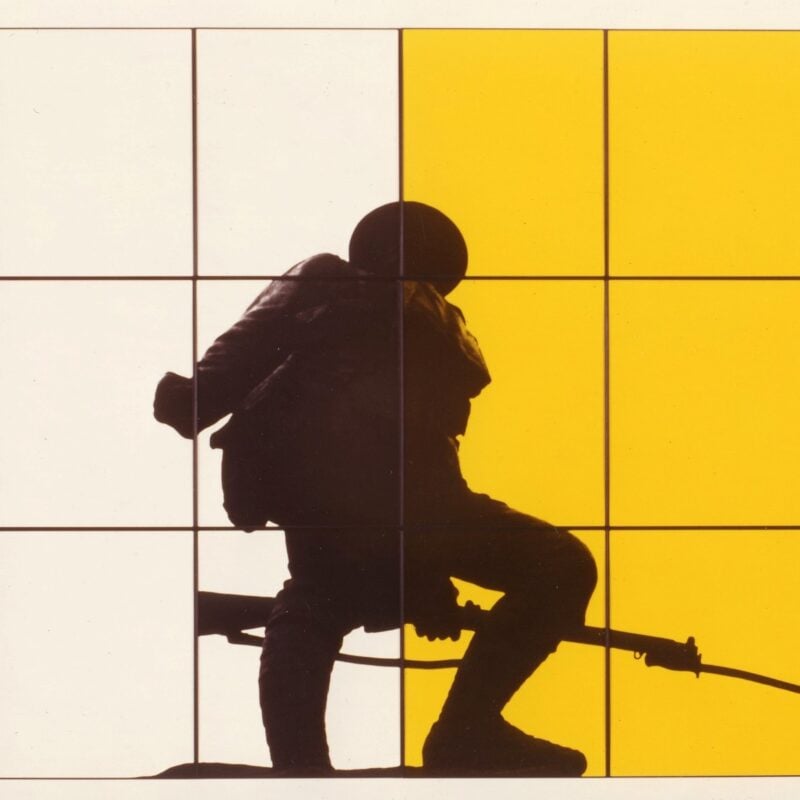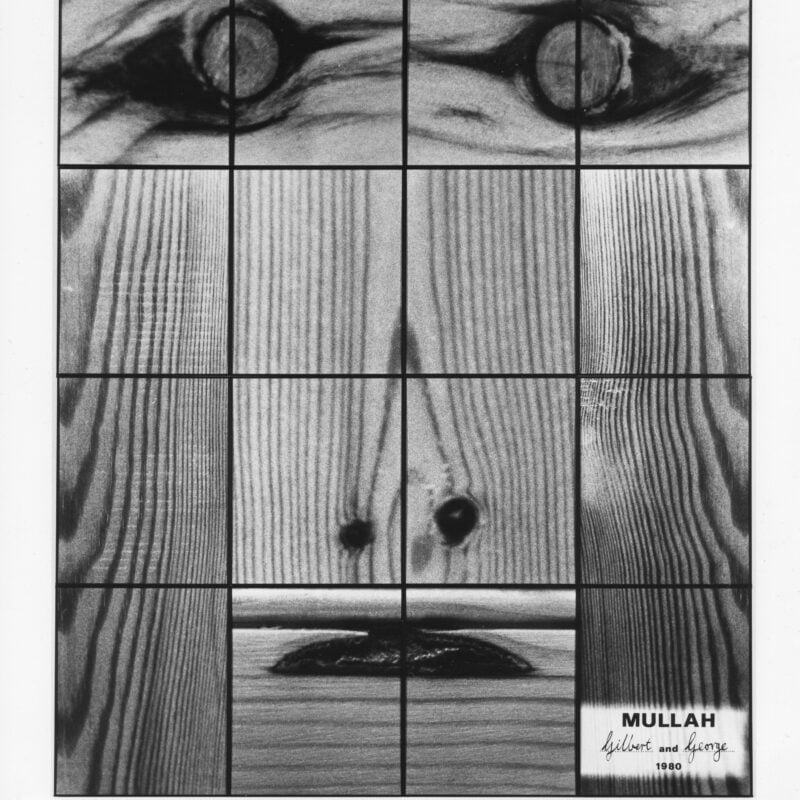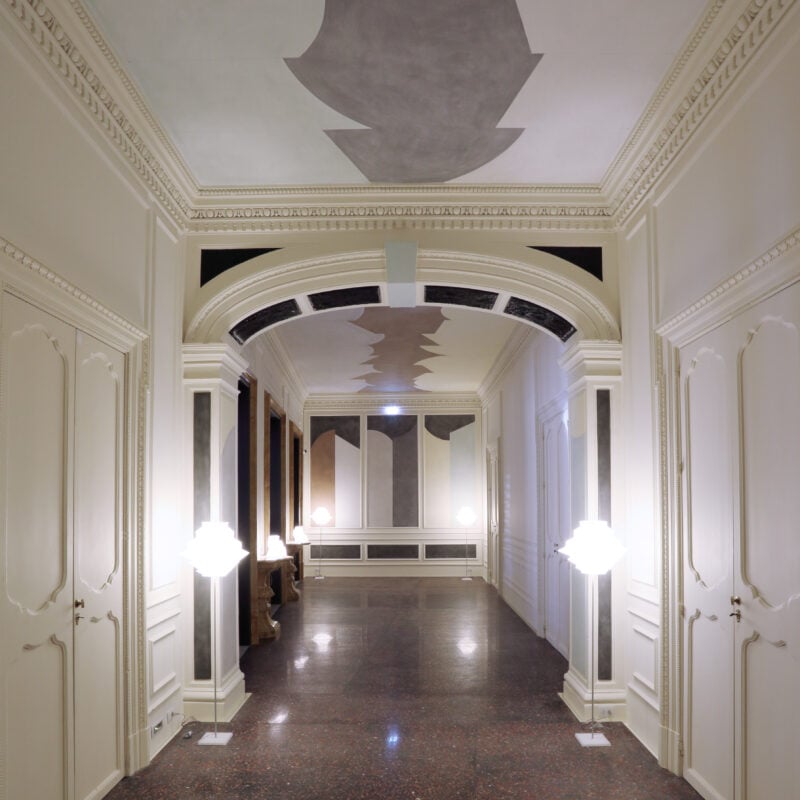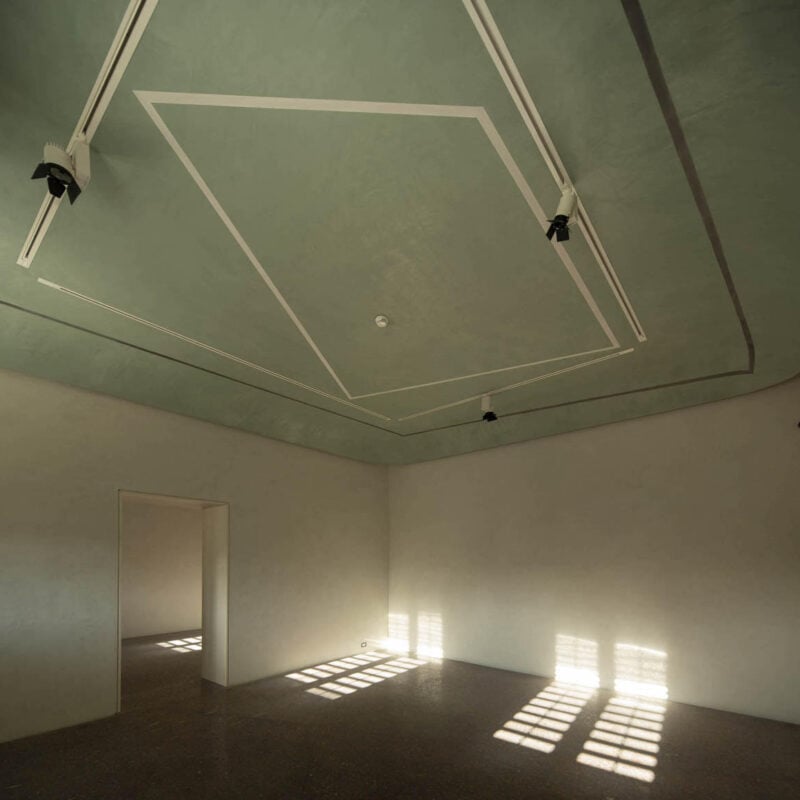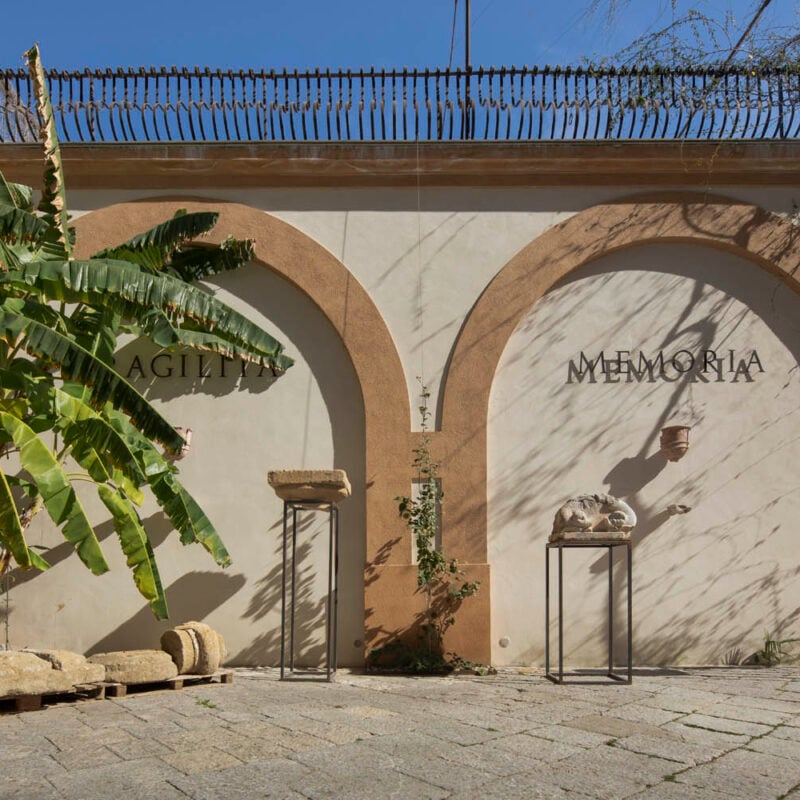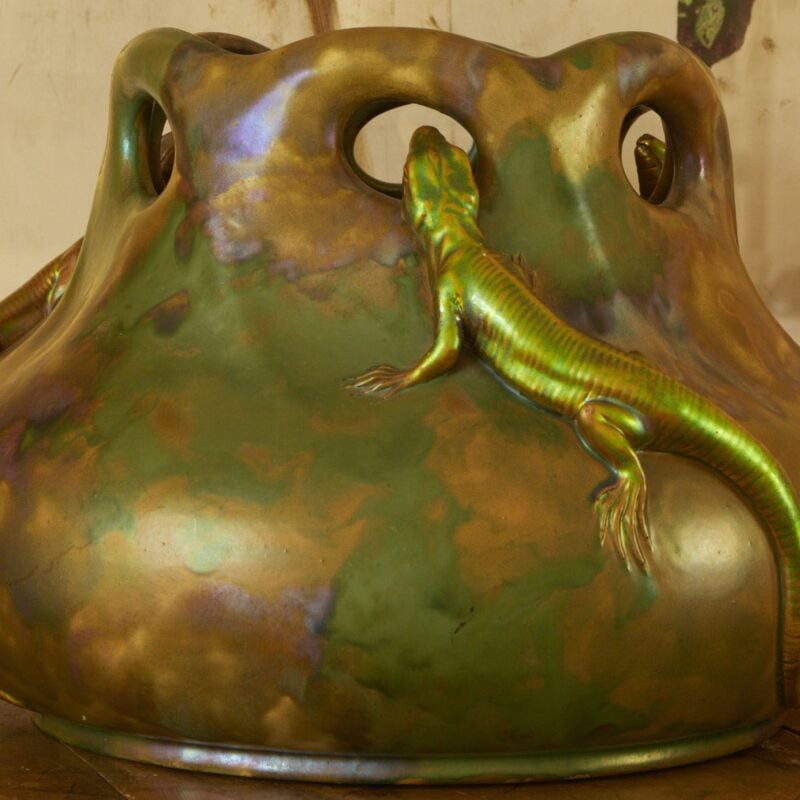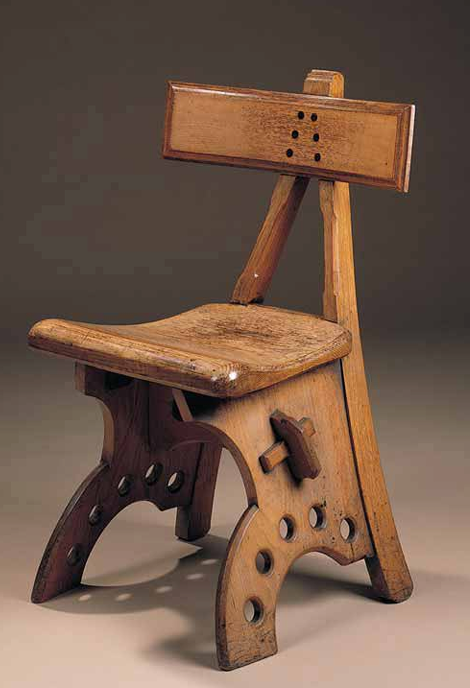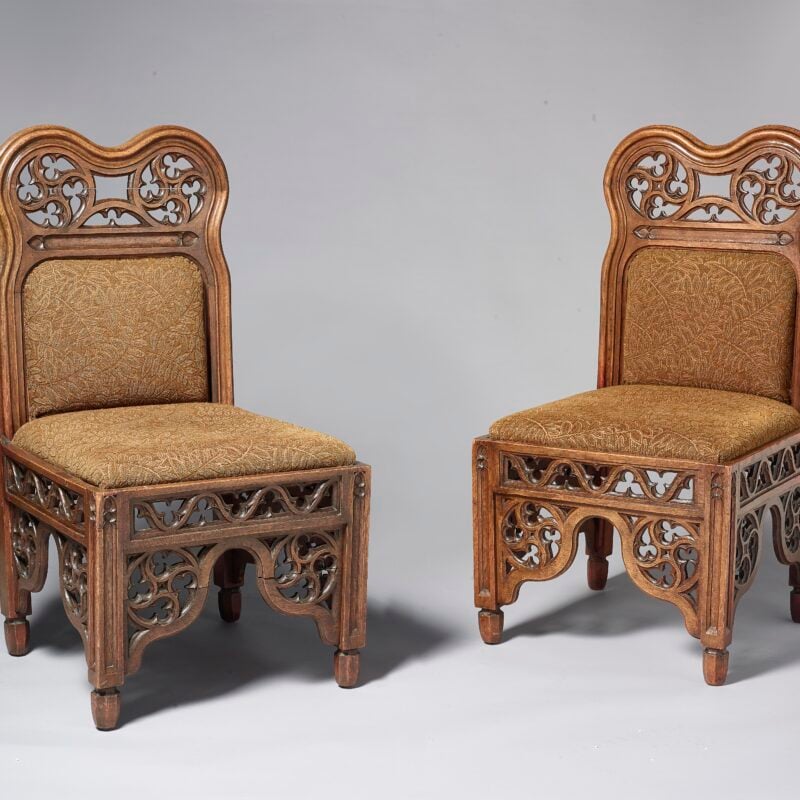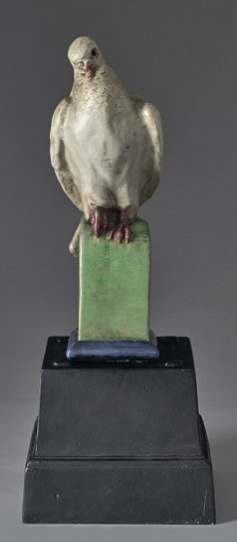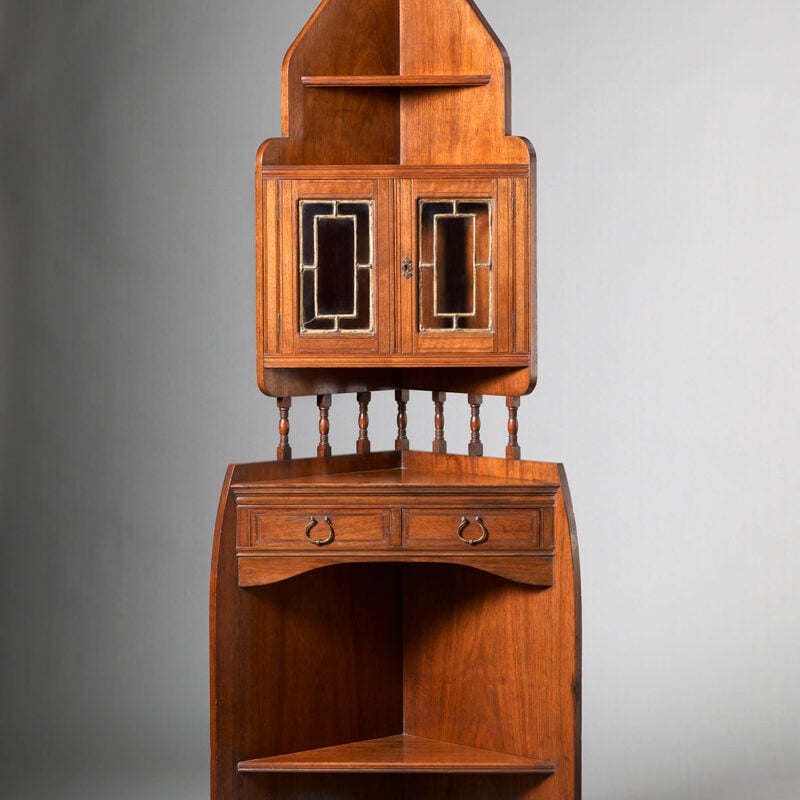IN DETAIL
Dimensions
38,9 x 48,3 cm
Technique
Oil on canvas
Description
During his trip to Italy in 1774, Wright of Derby made several excursions around Naples. Two black chalk drawings sold at Christie’s in London on 5 June 2007 (lot. 31) appear to have been made at the Emerald Grotto, not far from Amalfi. The different entrances depicted in the two sketches suggest that he visited both the Emerald Grotto and that of Suppraino. These two drawings are the starting point of a whole series of works, which explore the contrasts of light at different times of the day.
While still in Italy, also in 1774, Wright of Derby painted two cave scenes for Thomas Hallett Hodges: one with a nocturnal setting, preserved at the Smith College Museum of Art, Massachusetts (SC 1950.16), and one that was part of the collection Askew. Two other versions, sold to the artist Joshua Cockshutt and exhibited at the Royal Academy in London in 1778 and 1780 respectively, are considered his most important diptych of paintings on the theme: “A cave on the sea in the Kingdom of Naples, with bandits”: “Sunset” is today preserved at the Museum of Fine Arts in Boston (1990.95), and “A cave with the figure of Julia exiled by Augustus”, in a private collection. Further paintings dedicated to the caves were made after 1780: another view at night in the Derby Museum (2001 – 72), another at sunset in the Yale Center for British Art (B1981.25.710), another with the figure of Julia, sold at Christie’s in London on 25 January 2023 (lot 65) and a further view of the same cave sold at Christie’s in London on 22 November 2006 (lot 56).
Created in 1777, the painting of Palazzo Butera differs significantly from the other views: it is the only painting in the series that represents the interior of the cave. It has also been speculated that Wright of Derby reused elements from other places visited: the waterfall in the background may derive from his depictions of Tivoli and the Terni waterfalls.
The trip to Italy had a lasting impact on the artist’s career. Prior to this experience, Wright of Derby had made few landscapes. After the trip, however, Italian landscapes become recurrent in his work. Wright will never return to Italy, but will continue to use the drawings made during his stay as a source of continuous inspiration.

